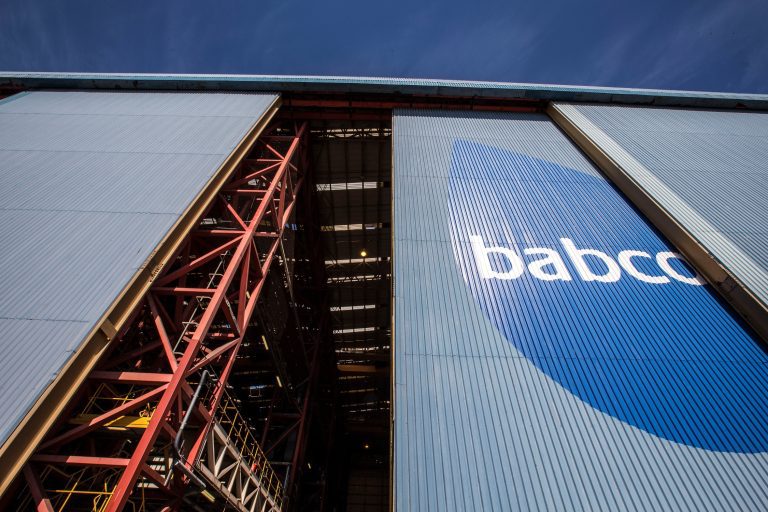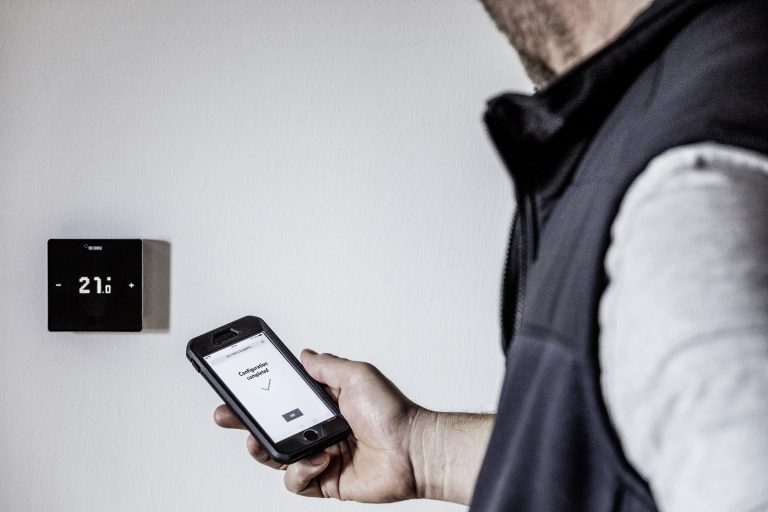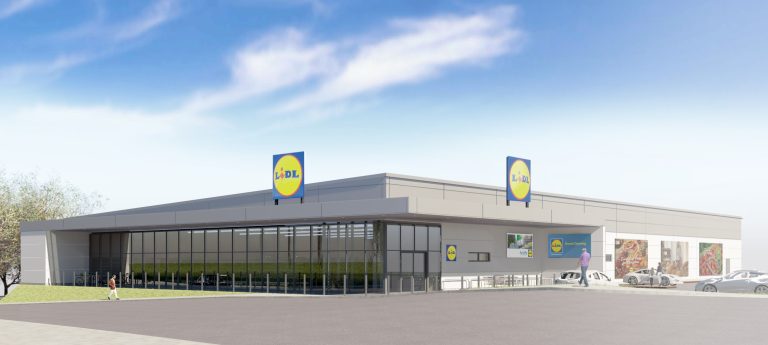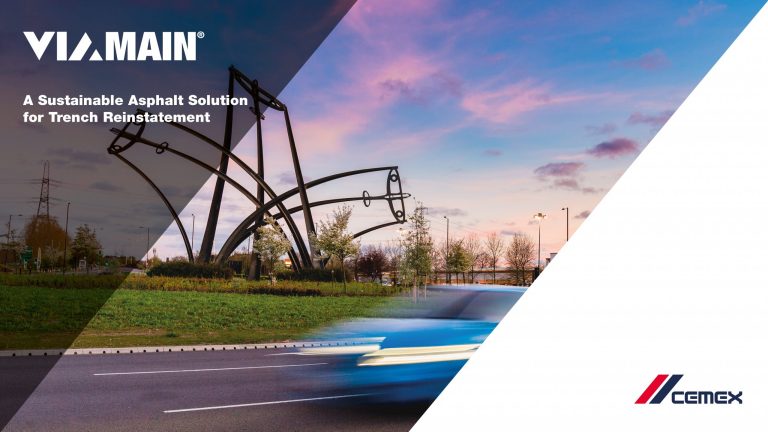The construction industry is always looking for new ways to make the sector safer, easier and more efficient. From utilising modern AI to ensuring fast construction site broadband. Over recent decades, technology has evolved at a staggering rate, however, due to the strict requirements needed from construction to ensure safety, it is only recently that these technologies have been able to meet the specifications needed to be used. In this article, we look at the top ten construction technology trends to look for in 2020. 1. Big Data Data is the currency of the modern world and with 2.5 quintillion bytes of data generated every day, it can be a struggle to manually interpret all of this and make proper use of it. Big data removes the almost impossible task of this, the human brain can only process so much, not to mention the natural errors that could be included in this process. Using big data to discover trends within data, within a matter of minutes, is shaping the face of the construction sector. This data is collated from all manner of resources, from internet search history, smartphones, social media and even photographs. Previous data can be used to pick out trends and patterns to help avoid pitfalls and aid in a successful project. It can even determine when a project should start by analysing weather patterns and traffic. 2. Artificial intelligence & Machine Learning AI is intelligence that mimics the behaviour of a human, ML is this but also learns from previous experience without having to be programmed and can avoid any previous errors. Both AI and ML are becoming essential to the world of construction. Machinery can be programmed to carry out manual tasks that are relative, such as bricklaying and welding, which means workers are free to carry out other tasks. It can even make a site safer, AI can look out for hazards and alert workers of dangers. It can even use photo recognition to ensure staff and visitors are wearing correct PPE. 3. The Internet of Things Most households use IoT, but construction sites are increasingly seeing this present as well. The IoT is when a central platform controls smart devices, such as phones, watches and speakers. This is being rolled out across the sector in fantastic new ways. Sensors are being installed in machinery, for example, cement mixers can alert workers when the contents are low and even engines can automatically switch off when not in use. Safety is increasing, workers wearing smart technology can be notified using geo-location when they have entered a danger zone. Footfall can even be tracked, reducing arduous paperwork and saving time. 4. Robotics & Drones No longer just for hobbyists, these amazing inventions are so versatile, most sectors are taking advantage. Drones can be used to fly in materials, in a fraction of the delivery time of vehicles. Not only does this speed up the process, but also reduce a site’s carbon footprint. Cameras on drones can be used for a quick, comprehensive overview of a site, meaning managers can quickly identify hazards. Demolition robots are becoming the norm, although flowers than using human workers, they are safer and less expensive. 5. 5G and Wi-Fi 6 No business can properly run without adequate communication, most of which is now done via the internet. While broadband is the best means of ensuring a fast, reliable connection, this isn’t always feasible on every site, especially when the project is short-term. 5G and wi-fi 6 are considerably faster than their predecessors and allow all team members to easily communicate with each other and clients while making sure that documentation and data are easily accessible throughout the project. 6. BIM Technology Building information modelling technology uses intelligence to aid designers during the initial process. BIM technology uses AI to flag clashes during the design process, including plumbing and electrics. It can even offer solutions to these clashes, meaning all those involved do not need expertise in every element in order to design a safe and functioning building. 7. Virtual Reality and Augmented Reality VR creates a fully immersive experience into a virtual world while AR places digital elements into a real-life view. Virtual tours can be provided, even before the construction of a building starts, meaning clients can have a full picture of what to expect upon completion. Risk assessments can be completed remotely, allowing site managers to get a good view of every part of the design. This also removes the wait time for these team members to be present to carry out these assessments. 8. 3D Printing 3D printing is quickly becoming indispensable within the sector. Materials can be printed on-site, removing waiting times and reducing delivery vehicles on our roads contributing to carbon emissions. As these parts are relevantly cheap to produce, it provides the means to experiment with new designs and allow easy trial and error. There are times when bespoke pieces are required, which can be costly to have made as a one-off by manufacturers. Using 3D printing means almost anything can be created. 9. Mobile and Cloud Technologies Most of us use the cloud within our personal life, but it is quickly becoming one of the most important technologies within construction. Being able to share files instantly reduces time wasted between departments, while still ensuring these files are stored safely and securely. These can be updated in real-time, allowing better collaboration and communication. 10. Blockchain Technologies The most commonly known blockchain technology is Bitcoin. Digital currency can be stored safely as payment and ensures all parties are satisfied throughout the project. Payment is safely stored with a third party with an agreed contract in place. Once the contract has been satisfied, this payment is released. This removes the worry from clients not knowing if they will get what was expected and means contractors will always be paid upon completion. This year is proving an exciting year for construction technology trends, with these in place, construction












